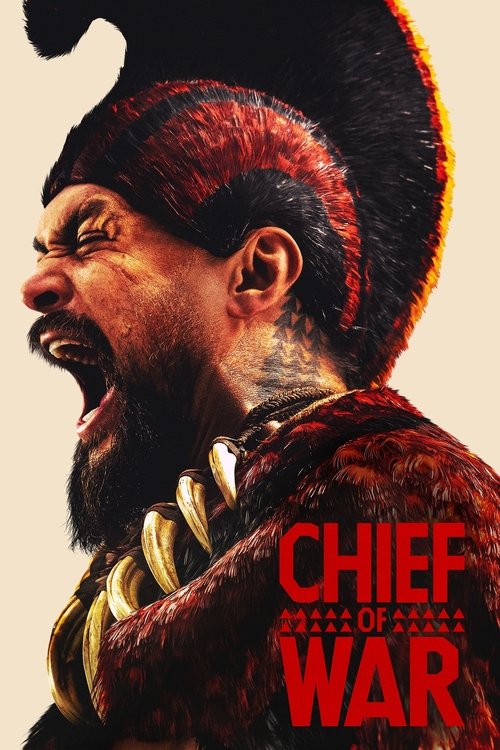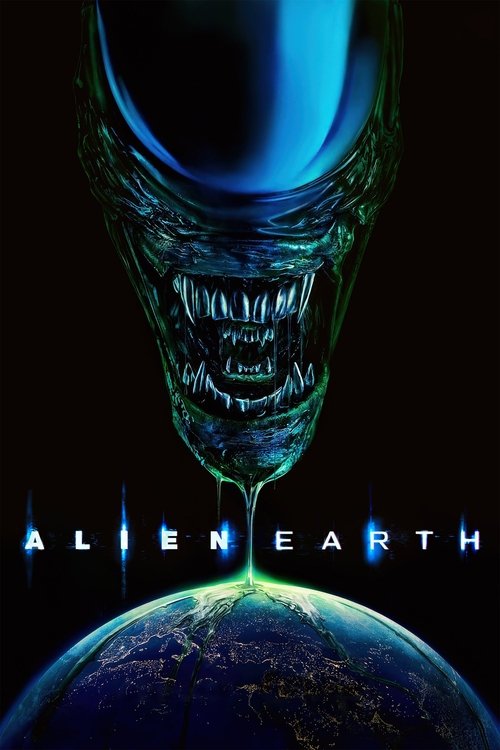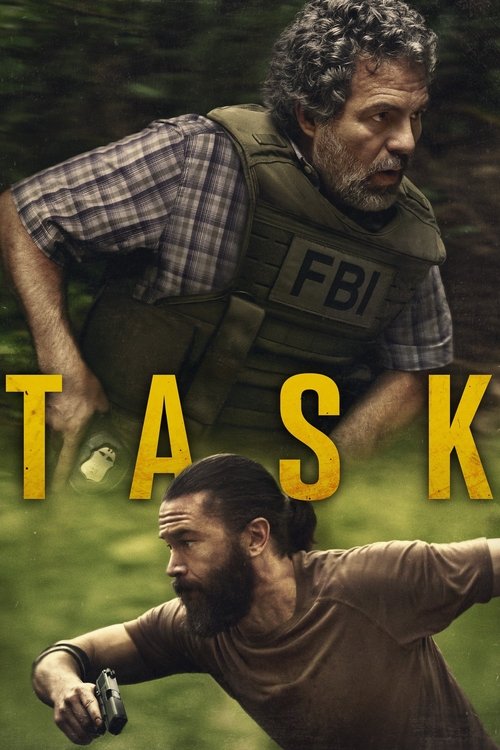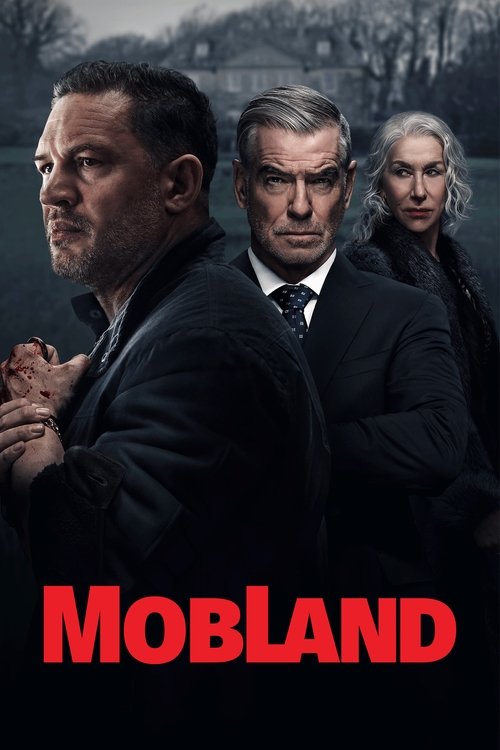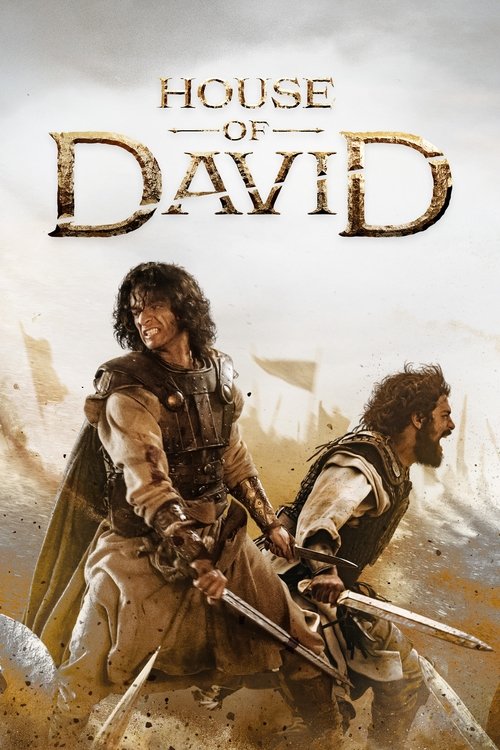
Ask Your Own Question
What is the plot?
The miniseries "Chief of War," set in late 18th-century Hawai'i, begins with Ka'iana, a Maui war chief who has deserted the island's army to live peacefully on Kaua'i with his two brothers, Nahi' and Namake, and their partners Kupuohi and Heke. This peaceful life is disrupted when Kahekili, the powerful king of Maui, summons Ka'iana and his brothers back to Maui. Kahekili informs Ka'iana of a prophecy and reveals that the king of O'ahu has declared war against Maui, desecrating Ka'iana's father's bones in a ritual to their war gods. Despite his reluctance, Ka'iana agrees to become Kahekili's war chief, hoping to let the prophecy play out.
Ka'iana soon finds himself engulfed in Kahekili's bloodthirsty ambitions. The arrival of "paleskins" (Westerners) to the islands adds complexity to the conflict. Ka'iana is caught in a war that will determine the future of Hawai'i. Early in the series, Ka'iana meets Kaʻahumanu, a young Maui woman hiding from her father, a councilor who wants to marry her off to Kamehameha, the leader of Hawai'i island. Kamehameha is in possession of the "god of war," a military good-luck charm, which becomes a significant plot element. Kamehameha himself leans toward peace, but faces opposition from figures like King Kahekili and Keoua, as well as rogue white sailors with their own ambitions.
As the war intensifies, Ka'iana is initially one of Kamehameha's most trusted war leaders. However, by 1795, as Kamehameha prepares to invade O'ahu, Ka'iana is excluded from key war councils, signaling danger to his life. Feeling betrayed, Ka'iana defects to O'ahu's defenders, led by his cousin Kalanikūpule. This decision marks a major turning point, as Ka'iana switches sides in the conflict.
The series depicts the Battle of Nu'uanu in detail, where Ka'iana fights alongside O'ahu's forces. During the battle, Ka'iana is killed near a stone wall close to what is now Queen Emma's Summer Palace. Hundreds of his warriors also fall. This battle is a climactic moment, showing the brutal cost of the unification wars. Ka'iana's death is portrayed as both a betrayal and a principled stand against Kamehameha's ambitions, reflecting the complex loyalties and political tensions of the time.
Throughout the series, the narrative explores sacred Hawaiian traditions, including the heiau temples and the martial art Kapu Ku'ialua, as well as the intricate alliances among the islands. The arrival of Westerners and their influence on the islands' future is a recurring theme. The story culminates in the eventual unification of the Hawaiian Islands under King Kamehameha I in 1810, though Ka'iana himself does not live to see this outcome.
The miniseries is structured across nine episodes, each advancing the story chronologically from Ka'iana's peaceful life on Kaua'i, through his reluctant return to war, his shifting allegiances, the escalating conflicts among the island kingdoms, and the final battles that shape Hawai'i's future. Key sequences include Ka'iana's initial desertion, his summoning by Kahekili, his acceptance and later regret of the war chief role, his meeting with Kaʻahumanu, the political maneuvering involving Kamehameha and the "god of war," the arrival of Westerners, the betrayal and defection to O'ahu, and the detailed depiction of the Battle of Nu'uanu where Ka'iana dies.
What is the ending?
The ending of Chief of War Season 1 (Miniseries, 2025) culminates in a brutal massacre that shatters Kamehameha's dream of peace and forces a decisive turn toward war. Ka'iana and Kamehameha, both deeply affected by loss and betrayal, form a fragile alliance to confront the escalating violence and external threats to Hawai'i's unity and survival.
In the final episodes, the narrative unfolds with intense emotional and political turmoil. The story begins with Kamehameha's vision of peace and unity for Hawai'i, grounded in his law of Mamalahoa, which seeks to protect the innocent and maintain order. However, this vision is violently challenged when Captain Metcalfe, representing foreign greed and brutality, orchestrates a savage massacre at a Hawaiian village. This event is a turning point, devastating Kamehameha's hopes and shaking his faith in peaceful resolution.
Ka'iana, who has been away from Hawai'i learning foreign languages, weaponry, and strategies, returns with warnings about the dangers posed by Europeans and internal betrayals. His distrust of the foreigners is vindicated by the massacre, and his relationship with Kamehameha becomes strained as the king struggles to reconcile his ideals with the harsh realities. Meanwhile, Ka'ahumanu, a key figure in the court, wrestles with hidden struggles and delivers a painful prophecy that foreshadows the coming conflict.
As the story progresses into episode 8, the consequences of the massacre and ongoing warfare become more personal and tragic. Nahi, a loyal warrior, makes a valiant but doomed stand against Keoua's forces, dying brutally in combat. His son Kupule, who hoped for his father's return to sanity, is betrayed and stabbed by King Kahekili, signaling the king's moral decline. The desecration of sacred sites like the Niu grove by Keoua's men, led by Opunui, marks a symbolic and literal violation of Hawaiian tradition and honor.
Heke, another key character, escapes but suffers horrific wounds that imply sexual abuse, underscoring the cruelty and chaos spreading through the islands. These events highlight the collapse of traditional codes of honor and the devastating toll on innocent lives.
In the closing moments, Ka'iana and Kamehameha, both isolated and grieving, recognize the necessity of joining forces. Despite their differences and the heavy losses they have endured, they form an uneasy alliance to face the brutal realities threatening Hawai'i. This alliance sets the stage for an all-out war, marking a decisive shift from Kamehameha's earlier pacifism to a more pragmatic and forceful approach to leadership and survival.
The fates of the main characters at the end are as follows:
- Kamehameha: Deeply shaken by the massacre and betrayals, he abandons his strict code of peace and prepares for war, aligning with Ka'iana.
- Ka'iana: Driven by grief and revenge, he returns fully committed to fighting alongside Kamehameha against their enemies.
- Ka'ahumanu: Continues to struggle with her painful prophecy and the political turmoil within the court.
- Nahi: Dies heroically but brutally in battle against Keoua's forces.
- Kupule: Betrayed and stabbed by King Kahekili, symbolizing the king's descent into ruthlessness.
- Heke: Escapes but is left physically and emotionally scarred by the violence inflicted upon her.
This ending vividly portrays the shattering of peace, the collapse of traditional values under external and internal pressures, and the painful but necessary shift toward war for Hawai'i's future.
Is there a post-credit scene?
For the TV miniseries Chief of War (Season 1, 2025), there is no available information or indication from the sources that a post-credit scene exists. Reviews, episode explanations, and news coverage focus on the main narrative, cinematography, and character arcs but do not mention any post-credit or after-credits scenes.
The series is a historical drama centered on the unification of the Hawaiian Islands from an indigenous perspective, starring Jason Momoa as Ka'iana, a Hawaiian war chief. The storytelling and production details emphasize the main episodes and their content without reference to additional scenes after the credits.
Therefore, it can be concluded that Chief of War Season 1 does not feature a post-credit scene.
What motivates Ka'iana to leave his peaceful life on Kaua'i and rejoin the war efforts?
Ka'iana, initially living a peaceful life on Kaua'i with his brothers and partners, is compelled to return to war after being summoned by King Kahekili, a bloodthirsty ruler intent on uniting the islands by force. Despite his desire for peace, Ka'iana cannot refuse the king's call, and circumstances force him back into conflict, reflecting his internal struggle as a war chief who runs from war.
How does Ka'iana's relationship with King Kamehameha influence the unfolding conflict?
Ka'iana's relationship with King Kamehameha is complex; Kamehameha, who holds the 'god of war' charm, leans toward peace, contrasting with the more violent ambitions of King Kahekili. Ka'iana is eventually excluded from Kamehameha's key war councils, signaling distrust and danger. This exclusion leads Ka'iana to defect and join the defenders of O'ahu under his cousin Kalanikūpule, marking a pivotal betrayal and shift in alliances during the unification wars.
Who is Ka'ahumanu, and what role does she play in the story?
Ka'ahumanu is a young Maui woman who Ka'iana meets while on the run. She is hiding from her councilor father, who plans to marry her to King Kamehameha. Her character becomes central to the power struggles among the islands, serving as a pawn in political games. The series gives significant screen time to her and other women, highlighting their crucial roles in the historical events.
What is the significance of the 'god of war' charm in the series?
The 'god of war' charm is a powerful military good-luck talisman held by King Kamehameha. Its possession is a major plot element, symbolizing authority and divine favor in warfare. Control over this charm influences the balance of power among the warring kingdoms and affects the characters' strategies and alliances.
How does the series depict the arrival and impact of European sailors on the Hawaiian islands?
The series portrays the arrival of rogue white sailors with their own ambitions of conquest, adding complexity to the existing conflicts among the Hawaiian kingdoms. References to Captain Cook's demise indicate prior encounters, and the Europeans' presence foreshadows further disruption and cultural clashes, complicating the islands' unification and survival.
Is this family friendly?
The TV miniseries Chief of War (2025) is rated TV-MA and 16+, indicating it is intended for mature audiences and not family-friendly for young children.
Potentially objectionable or upsetting content includes:
-
Violent battle scenes with realistic depictions of precolonial warfare, including weapons made from wood, shark teeth, and stones. There are graphic acts such as heads being cleaved, throat-slitting executions, and thrown spears causing injury, all shown with significant gore.
-
Sexual content involving a newly-wed couple having sex, though no nudity is shown due to camera angles. The scene implies sexual activity through stripping and thrusting.
-
The series also deals with intense themes of war, power struggles, and tribal conflict, which may be emotionally heavy or disturbing for sensitive viewers.
Given these elements, Chief of War is not suitable for children and may be upsetting for sensitive people due to its graphic violence and mature themes.

